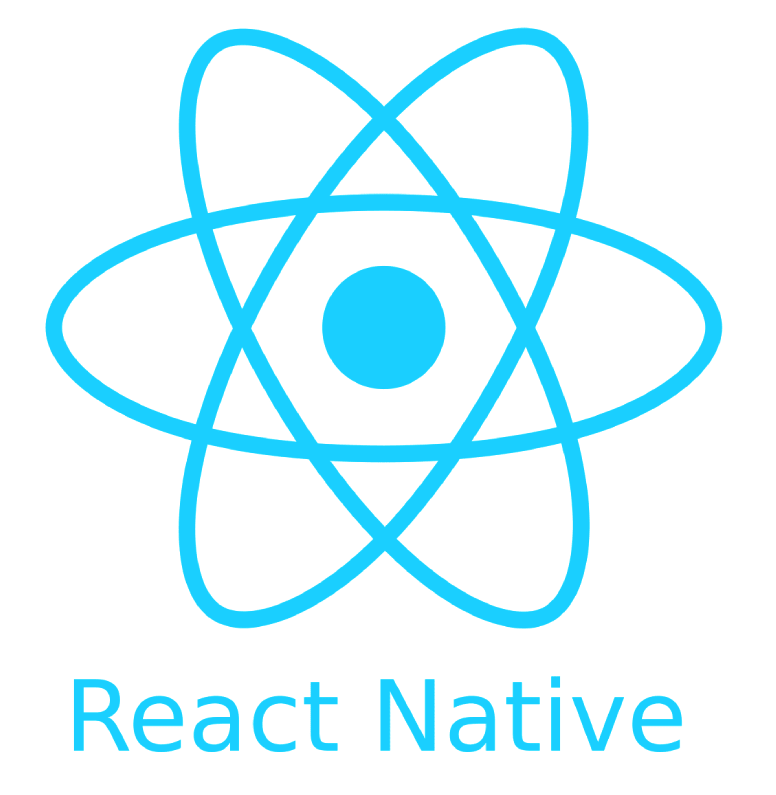Our favorite technology stack
When we build applications from scratch, we usually use this technology stack. But we're flexible: when we work on existing codebases, we use the languages, frameworks, and technologies that those codebases are already built in.
Technologies we've used
This is a partial list of technologies we have worked with:
Programming Languages: Java, Python, Ruby, PHP, Kotlin, Swift, Objective-C, C, C++, C#, Scheme, OCaml, Elixir, ActionScript, TypeScript, JavaScript, Dart, HTML/CSS, CUDA, Stata, R
Python Frameworks: Django, Flask
Cross-platform Frameworks: Flutter, React Native
JavaScript Frameworks: React, React-Redux, Node.js, Angular, AngularJS, Vue.js, d3.js, Backbone.js, jQuery UI, jQuery Mobile, Processing.js
Ruby Frameworks: Rails
Java Frameworks: GWT, JSP, Swing, Android
C# Frameworks: .NET
Elixir Frameworks: Phoenix
Data Storage Technologies: PostgreSQL, MongoDB, MySQL, SQLite, CouchDB, InfluxDB, Riak, Apache Lucene, Amazon Redshift, Snowflake (data warehousing), Redis, Kafka
Server Management Technologies: Amazon EC2, Amazon Elastic Beanstalk, Amazon Elastic Container Service, Amazon Lambda, AWS Elastic MapReduce, Docker, Heroku, Softlayer, Apache2, StarCluster, Kubernetes, Terraform
Machine Learning Technologies: PyTorch, Tensorboard, Pandas, Numpy, Matplotlib, Scikit-learn, Jupyter
Blockchain Technologies: Ethereum, Solidity, Hardhat, Ethers, ERC-20, ERC-721, ERC-1400
Other Technologies: Salesforce (CRM), Shopify (e-commerce), Amazon MWS and Selling Partner API (e-commerce), Stripe (payment processing), Twilio (automatic calls and SMS), Mechanical Turk (crowd sourcing), Hadoop (cluster processing), OAuth (authentication system), Canvas (course software) and Learning Tools Interoperability (LTI)
 React
React
 Vue.js
Vue.js



 PostgreSQL
PostgreSQL



 iOS (Swift)
iOS (Swift)
 Android (Kotlin/Java)
Android (Kotlin/Java)
 React Native
React Native

